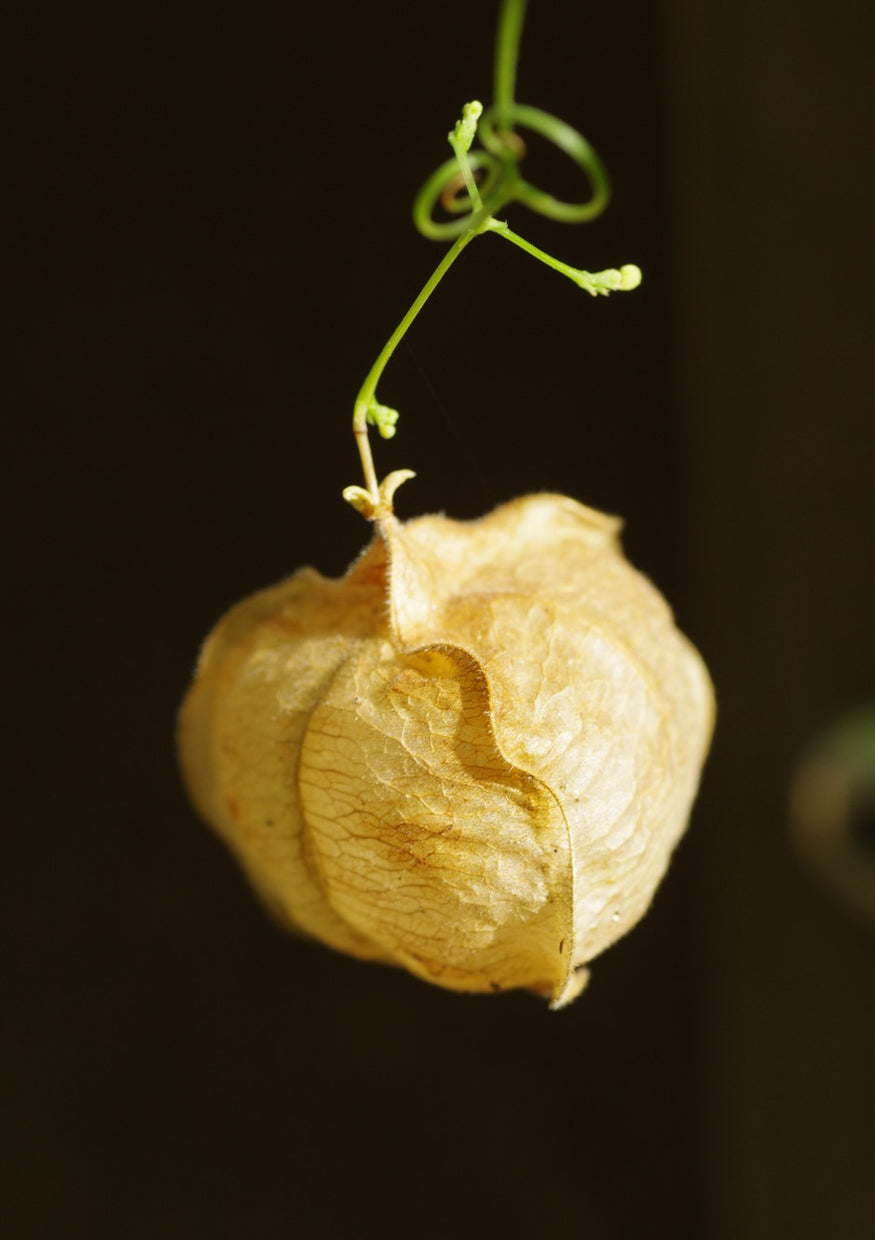
Balloon vine
INCI: CARDIOSPERMUM HALICACABUM FLOWER/LEAF/VINE EXTRACT
Balloon vine extract is made from the flowers, leaves and vines of the balloon vine (Cardiospermum halicacabum), a herbaceous, white-flowering climbing plant from the soap tree family (Sapindaceae). It has its origins in India, but now grows worldwide in the tropics and subtropics. Its German name comes from the plant's balloon-like fruits, inside which are its pea-sized, spherical seeds. The balloon vine is also known as “heart seed” (Cardiospermum) because of the heart-shaped white spot on the dark seeds. The fruits were also often used for washing at the time because of their high saponin content and thus foaming properties. Today it is traditionally used primarily in homeopathy.
Effect
The valuable ingredients of the balloon vine, such as tannins, triterpene saponins, pentacyclic triterpene glycosides, Flavonoids, alkaloids and phytosterols give the balloon vine its medicinal character. In homeopathy, it is often used for various skin diseases such as dermatitis, neurodermatitis, psoriasis and eczema because of its strong anti-inflammatory, pain-relieving, skin-care and itch-relieving properties. It also counteracts the loss of moisture in the skin, which is why, in combination with its other properties, it is particularly effective at soothing dry and itchy skin. Due to the effective natural ingredients attributed to it, the balloon vine is also called “plant cortisone” and also supports the wound healing properties of our wound balm.
Studies
Dowlath, M. J. H., Karuppannan, S. K., GI, D. R., SB, M. K., Subramanian, S. & Arunachalam, K. D. (2020). Effect of Solvents on Phytochemical Composition and Antioxidant Activity of Cardiospermum halicacabum (L.) Extracts. Pharmacognosy Journal, 12(6), 1241–1251.
Huang, M. H., Huang, S. S., Wang, B. S., Wu, C. H., Sheu, M. J., Hou, W. C., Lin, S. S. & Huang, G. J. (2011). Antioxidant and anti-inflammatory properties of Cardiospermum halicacabum and its reference compounds ex vivo and in vivo. Journal of Ethnopharmacology, 133(2), 743–750.
Raza, A. (2013). Review of beneficial and remedial aspects of Cardiospermum halicacabum L. African Journal of Pharmacy and Pharmacology, 7(48), 3026–3033.

